A new strategy for liver cirrhosis

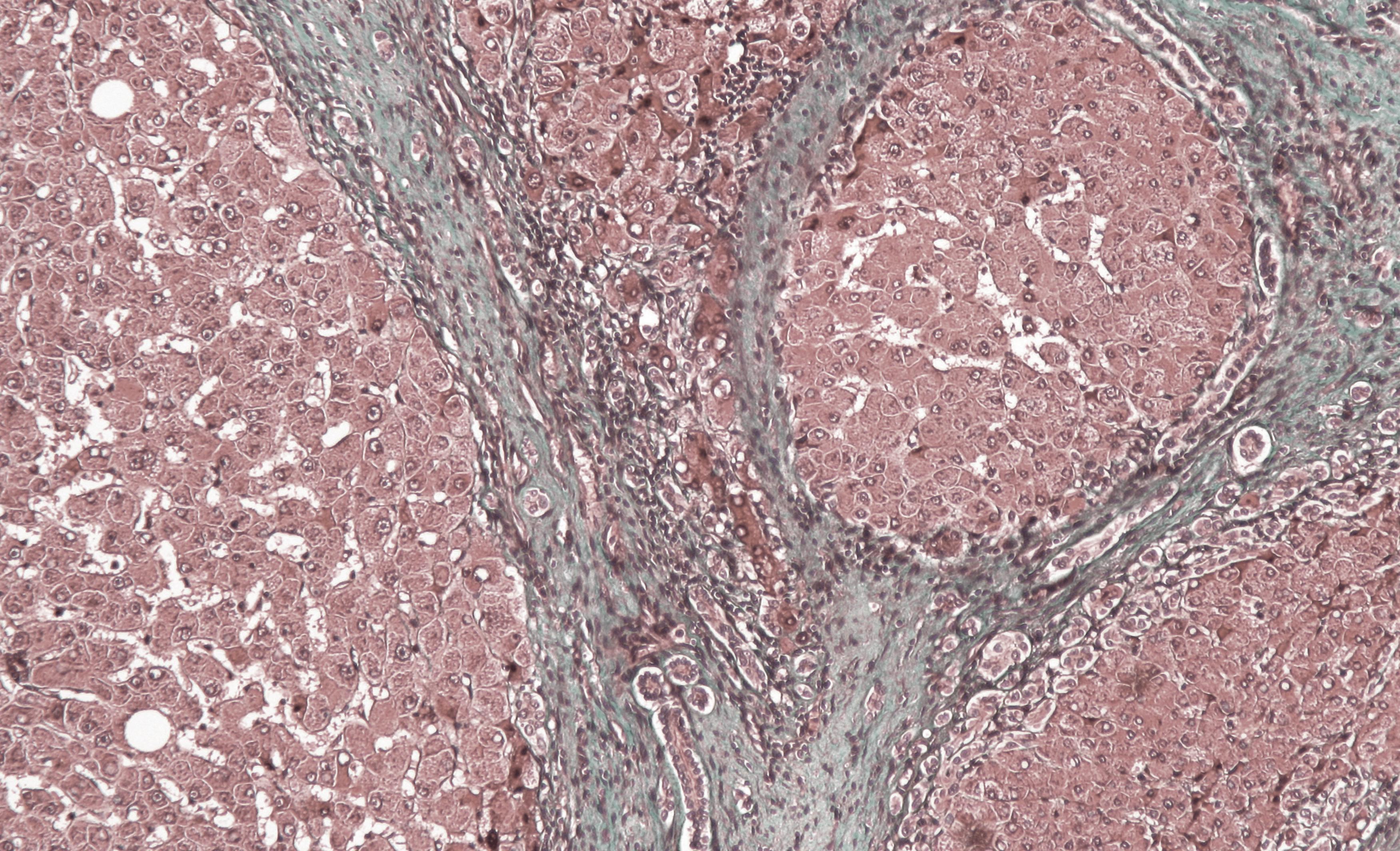
The project: ‘Diversity and compartmentalisation of monocytes & macrophages and immuneparesis in patients with cirrhosis’ explores new ways to understand the failing immune response in cirrhosis patients, as Research Group Leader, Dr. Christine Bernsmeier, explains.
Liver cirrhosis is scarring (fibrosis) of the liver, which impedes or prevents the function of the organ, and this occurs after long-term liver damage. Liver cirrhosis can go unnoticed or unchecked until significant damage is done, or it is too late to save the organ, and often the life of the patient.

Liver cirrhosis is the eleventh leading cause of death worldwide, and there is no cure for decompensated liver failure, meaning transplants are the only option open to those with failing livers. With such a destructive, widespread disease and with no cures available, finding effective ways of defining a damaged liver’s condition is important. A major cause of mortality in cirrhosis patients is due to infections, and about a quarter of hospitalised cirrhosis patients are admitted due to infections. Being able to understand the way the immune system fails on a cellular level,
could potentially help pave the way for a route toward new therapies specifically aimed at thwarting infection.
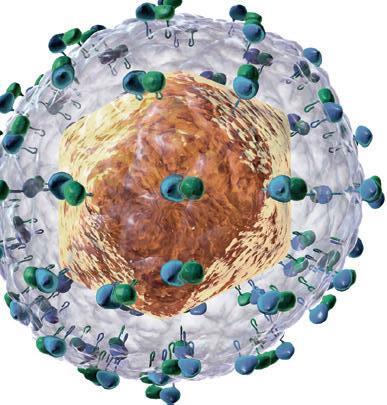

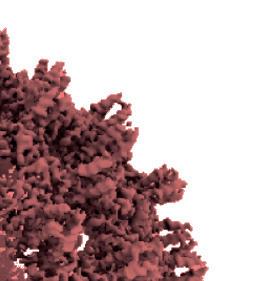
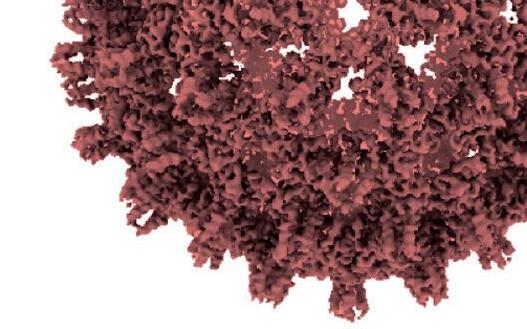
“Cirrhosis can occur in any person who has chronic liver disease. If cirrhosis occurs, it can be a bad prognosis but it is not always related to liver failure only, as most of these people die from infections. The underlying mechanisms are not well understood, and this is why we are working on this,” confirmed Dr. Bernsmeier. “It is easy to assume that in the person with the diseased liver, the liver gets worse until it fails, and they die. In reality, infection is a critical step because if infection occurs, the liver function gets worse. A downward spiral occurs which leads to death from sepsis, and this is what we are trying to understand because in many cases it is not the liver disease specifically that is fatal, it’s the infections from a failed immune response.”
This infection susceptibility, due to a failing immune system (immuneparesis), appears to accelerate cirrhosis. The project team are tasked with investigating the mechanisms of this process.
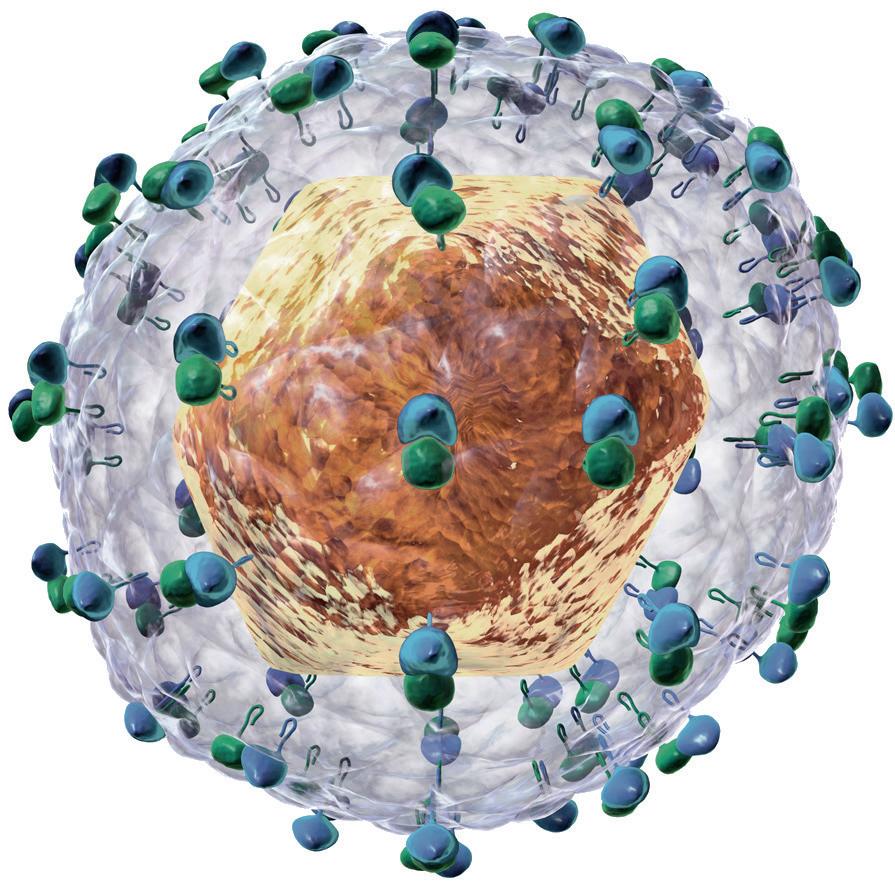
Discovering ‘tell-tale’ dysfunctional cells

In our innate immune system, monocytes and macrophages are crucial white blood cells that fight infection. In patients with liver disease, these cells change in different ways during the stages of cirrhosis, making them ultimately ineffective against harmful bacteria. Finding out how they change in each stage could create a gauge, allowing healthcare professionals to understand how critical the condition of the liver is.
“With this project, we are trying to more systematically see which kinds of subsets or states of monocytes are differentiating,
in that kind of disease, and so far, we have identified different subsets but we are convinced that there are more states that can be found.”

These discovered subsets in the circulation of patients with cirrhosis were specifically Monocytic myeloid derived suppressor cells (M-MDSC), immune-regulatory CD14+DR+AXL+ and CD14+MERTK+ cells. In advanced stages of cirrhosis these dysfunctional subsets were more prevalent than the typical monocytes found in health, and were less able to fight infections.
“With MDSCs for example, these cells have also been found in tissues surrounding cancers so there is something similar, where monocytes and macrophages are somehow immobilised so they could not defend against cancer or infection. It would be interesting to see what happened if we could rebirth these cells or attack them or eliminate them.”
Thanks to funding by the SNF (Swiss National Science Foundation) the research team involving Dr. Bernsmeier’s group as
The challenges of the human body
The research has been conducted on biological materials in the laboratory environment and there have been no interventions on patients to date, as much research is still needed, especially to locate more desired targets.
“We have identified these subsets but the problem is that we now have realised that in every compartment of the body, like the liver, the abdominal cave, the blood circulation and so on, these targets are differently expressed. I think if we want to have an immunomodulatory approach, that needs to be not only stage specific but also compartment specific. This is the next step we are working on and wish to investigate,” said Bernsmeier.
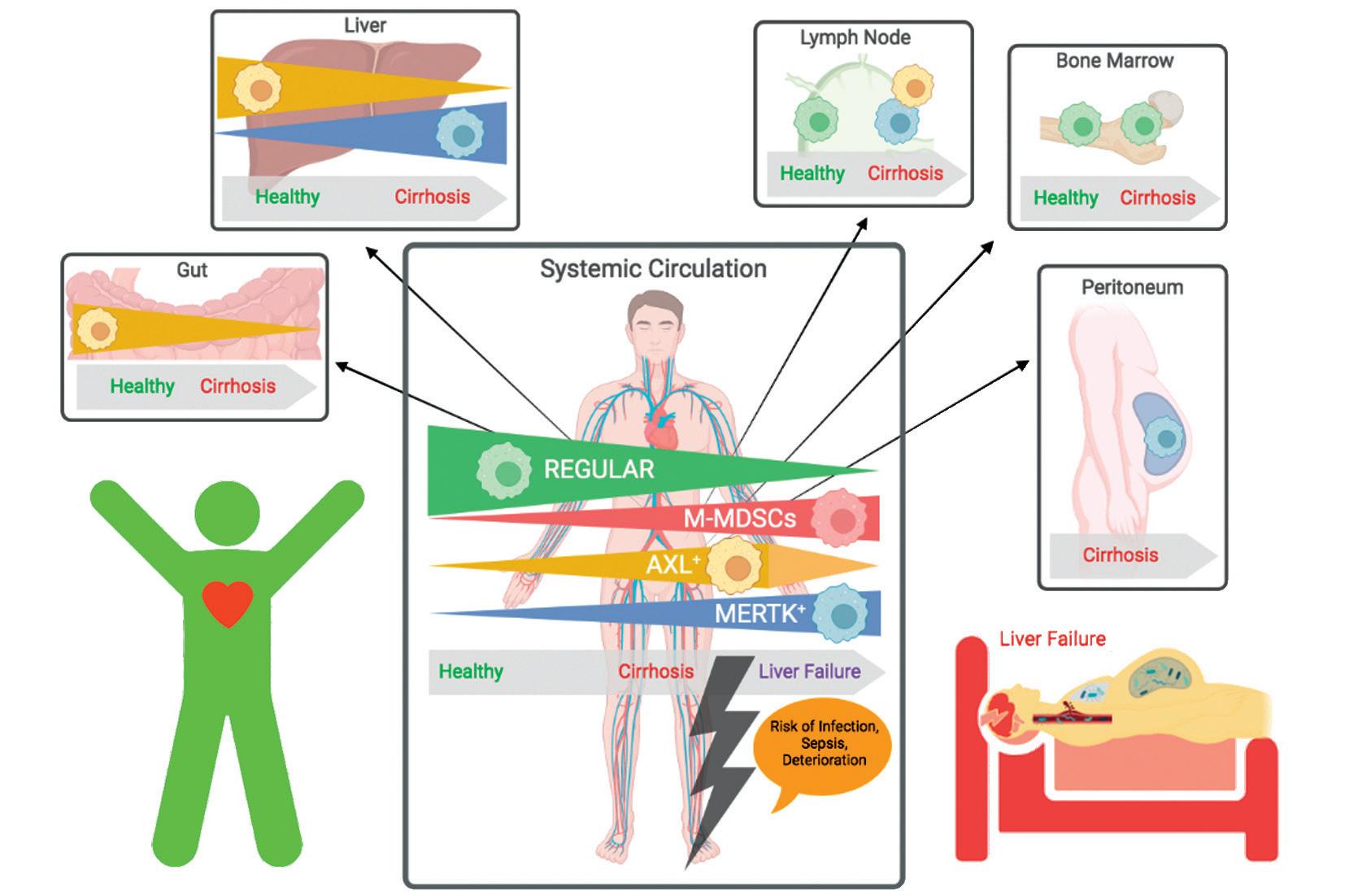
It is the main objective of the project to decipher the diversity of monocyte and macrophage differentiation alluding to different compartments as well as different disease stages in patients with cirrhosis. This approach has many complex challenges but the pay-off could potentially save many lives.
Diversity and compartmentalisation of monocytes & macrophages and immuneparesis in patients with cirrhosis
Project Objectives
Given patients with liver cirrhosis most frequently die of sepsis rather than liver failure, the objective is to delineate the immune (dys-)function of their monocytes & macrophages in the blood and in tissues. Properties of these immune cells are assessed ex vivo using single cell transcriptomics, immunohistochemistry and flow cytometry-based techniques. Ultimately, the results may translate to therapies restoring the immune function and preventing sepsis and death in cirrhosis patients.
Project Funding
Swiss National Science Foundation (SNF) - Projects Nr 159984 (2015-2019); https:// data. snf.ch/grants/grant/159984 and 189072 (20202023); https:// data.snf.ch/grants/grant/189072

Project Partners
• Prof. Burkhard Ludewig, Institute of Immunobiology, Medical Research Centre, Cantonal Hospital St. Gallen • Prof. Mark Thursz, Hepatology and Gastroenterology, Faculty of Medicine, Imperial College London • Prof. Julia Wendon, Liver Intensive Therapy Unit, King’s College Hospital, King’s College London • Dr. Christopher Weston, Centre for Liver & Gastro Research, College of Medical and Dental Sciences, University of Birmingham
This project is financed by the Swiss National Science Foundation (SNSF)
Contact Details
Principal Investigator
Prof. Dr. Dr. Christine Bernsmeier, MD, PhD Research Group Leader Translational Hepatology, Department of Biomedicine and Department of Clinical Research
University of Basel

Consultant Hepatologist
University Center for Gastrointestinal and Liver Diseases
University Hospital Basel
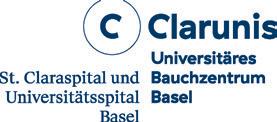
CH-4031 Basel, Switzerland
well as their important project partners are examining biological samples from cirrhosis patients at various stages of deterioration, to systematically identify which cells have changed and become ineffective. They examine blood or ascites, which is fluid from the abdominal cave, or use liver biopsies.

“We can identify in the blood, the monocytes and then we can investigate those and characterise them. We can do that as a systematic approach. We did that with single-cell RNA sequencing which is a relatively new approach to looking at the transcriptome of every single cell that we isolate. We also use classic approaches such as flow cytometry, where we can look at the specific targets that we want to stain and see their expression, and we also look at the function of these cells to see whether they still function in the sense they would defend against infection. We are trying to look at a variety of patients at different stages, which may be advanced or not advanced and we try to find out the difference and also the cut-off point, where the system will collapse.”
“There are not many groups working on this, on a molecular basis. Other groups are looking at slowing down or reverting fibrosis, to prevent cirrhosis to happen or persist but we are working on the potential to intervene in the very last stages and I think that that is new, and is a different approach. We do not favour to work on animal models because this is a multi-systemic human disease, which addresses the entire body with all its compartments and this cannot be mimicked in an animal. It makes it difficult for us to foresee everything at a glance, for example, we cannot take out a spleen and have a look at its macrophages, so these are obstacles that we have to find ways to overcome.”
The long-term aim of this research is to offer hope for patients, especially those in the direst stages of liver cirrhosis, beyond the desperate solution of a liver transplant. Further to this, is a wish the research can be a stepping stone to finding a way to restore the immune system’s functionality, enabling patients to fight infection and in turn, allowing more time and space for physicians to treat and reverse the underlying liver disease.
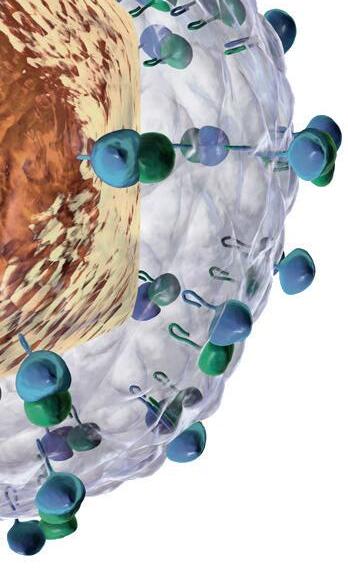
T: +41 61 7777400
E: c.bernsmeier@unibas.ch
W: https://forschdb2.unibas.ch/inf2/rm_ projects/object_view.php?r=4514612
W: https://biomedizin.unibas.ch/en/ research/research-groups/bernsmeier-lab/



Christine Bernsmeier is a clinician scientist holding a MD and a PhD in cell biology. She specialised in Hepatology and pursued a Postdoc with Prof. Julia Wendon at the Institute of Liver Studies/ Liver Intensive Care at King’s College London. She leads the Translational Hepatology Lab at the Department of Biomedicine, and has been appointed Adjunct Professor for Hepatology at the University of Basel in 2022.
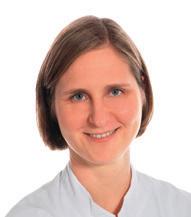
Further to this, is a wish the research can be a stepping stone to finding a way to restore the immune system’s functionality, enabling patients to fight infection and in turn, allowing more time and space for physicians to treat and reverse the underlying liver disease.
